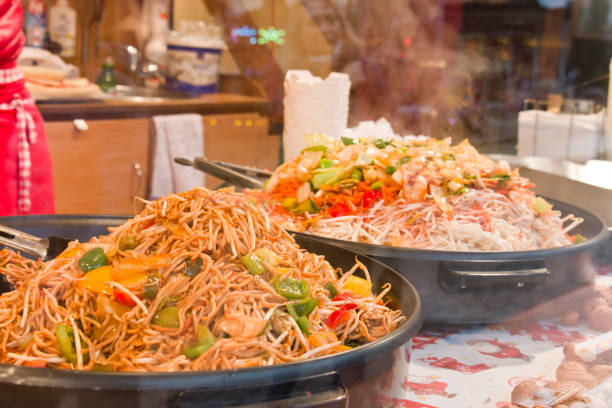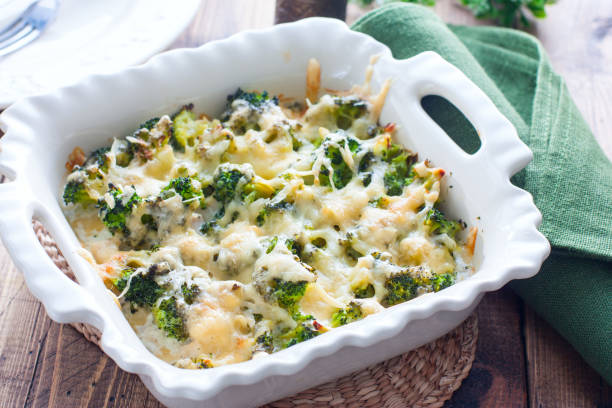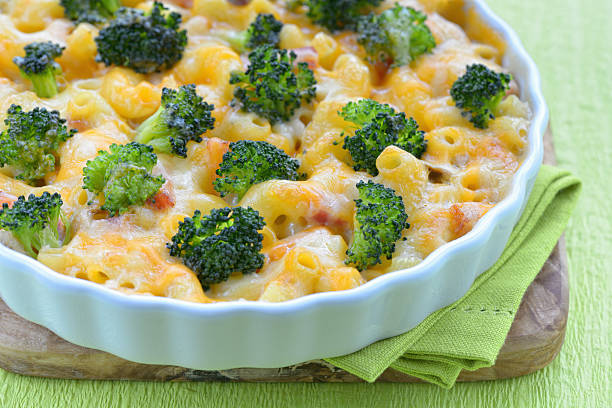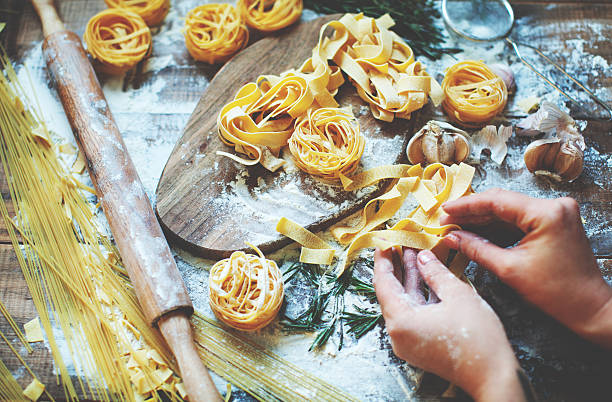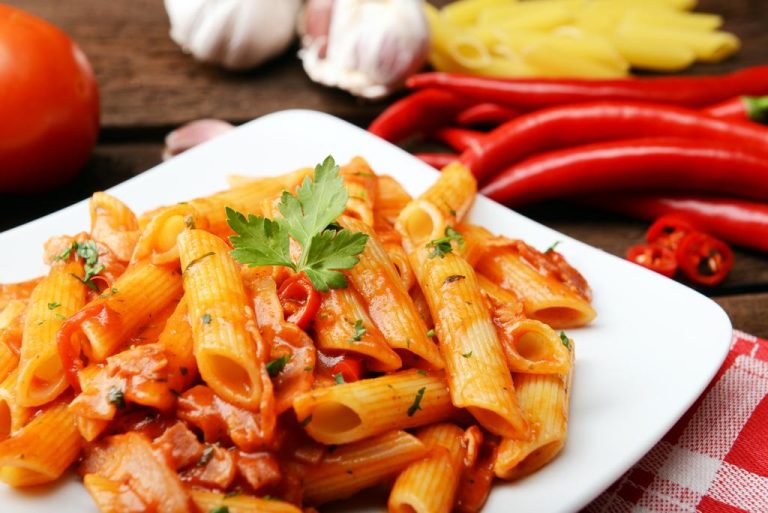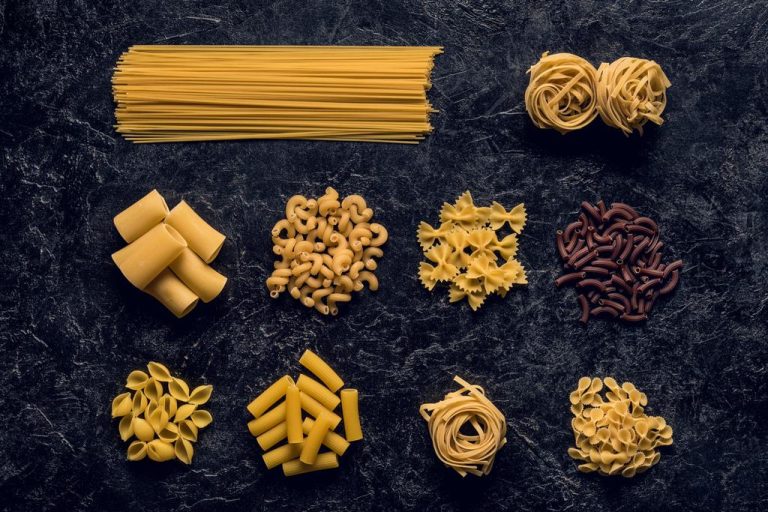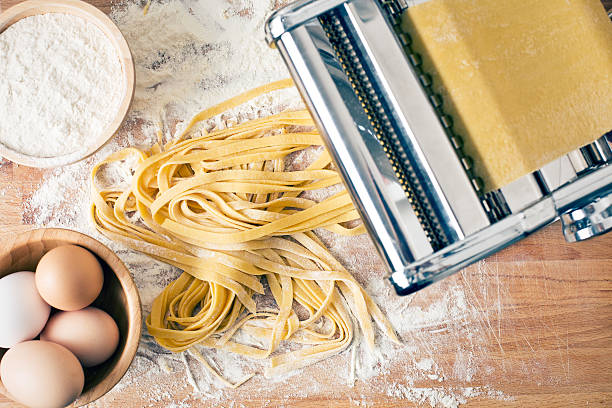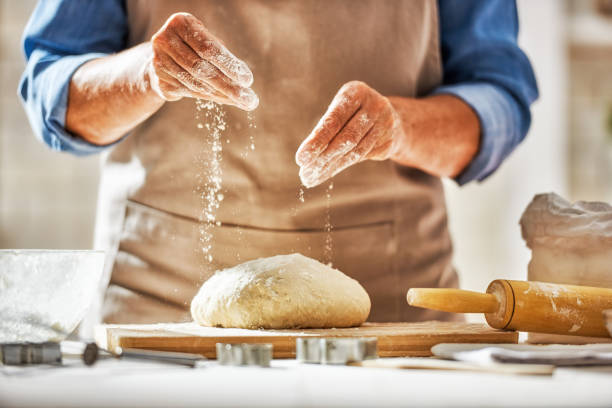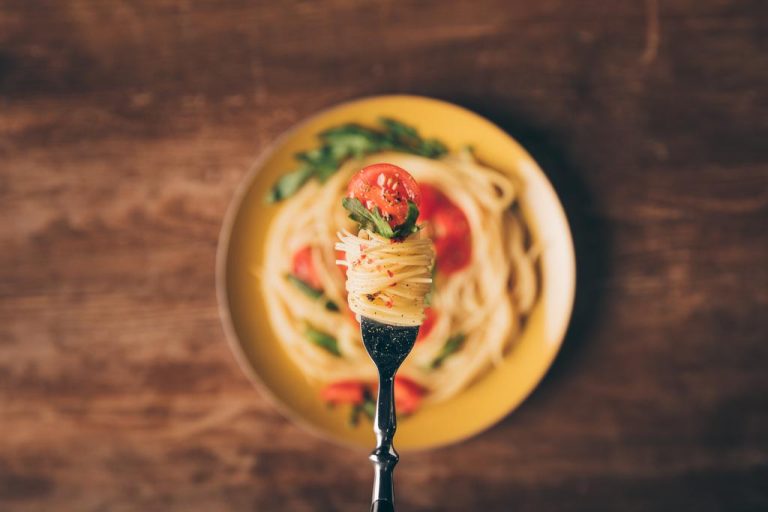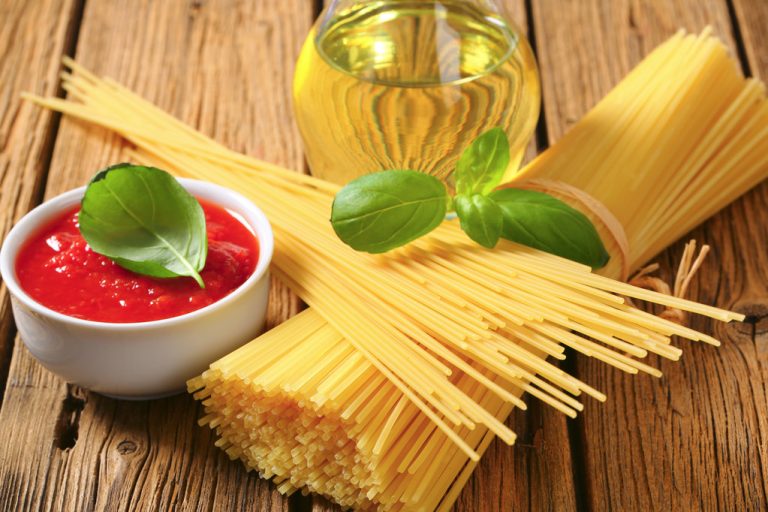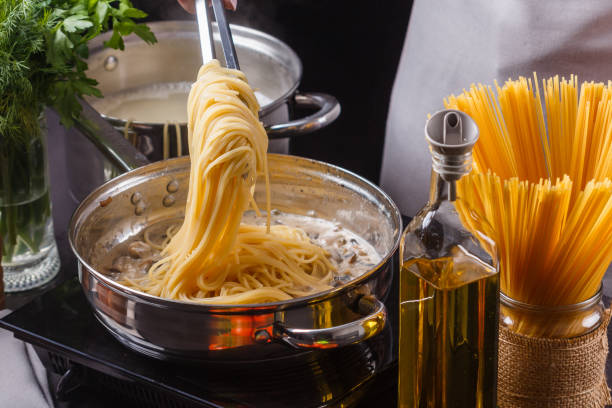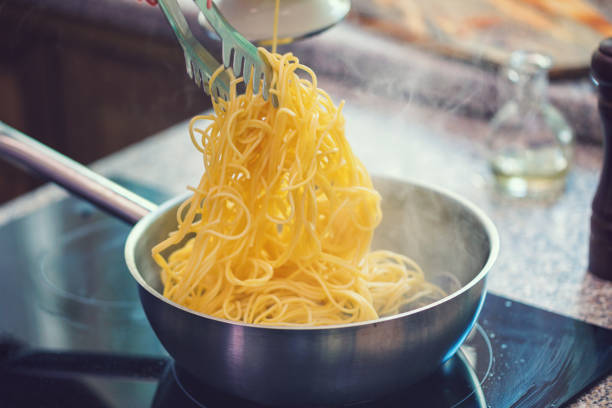Everyone loves pasta. But you can do a lot wrong with this supposedly simple dish. We explain what you should pay attention to if you want to indulge in pasta happiness in a sustainable and enjoyable way.
“Making pasta is also cooking!” Anyone who wholeheartedly agrees with this student motto is not alone: pasta is at the top of many people’s list of favorite foods. But from the purchase to the preparation to the use of leftover pasta, you can do a lot wrong.
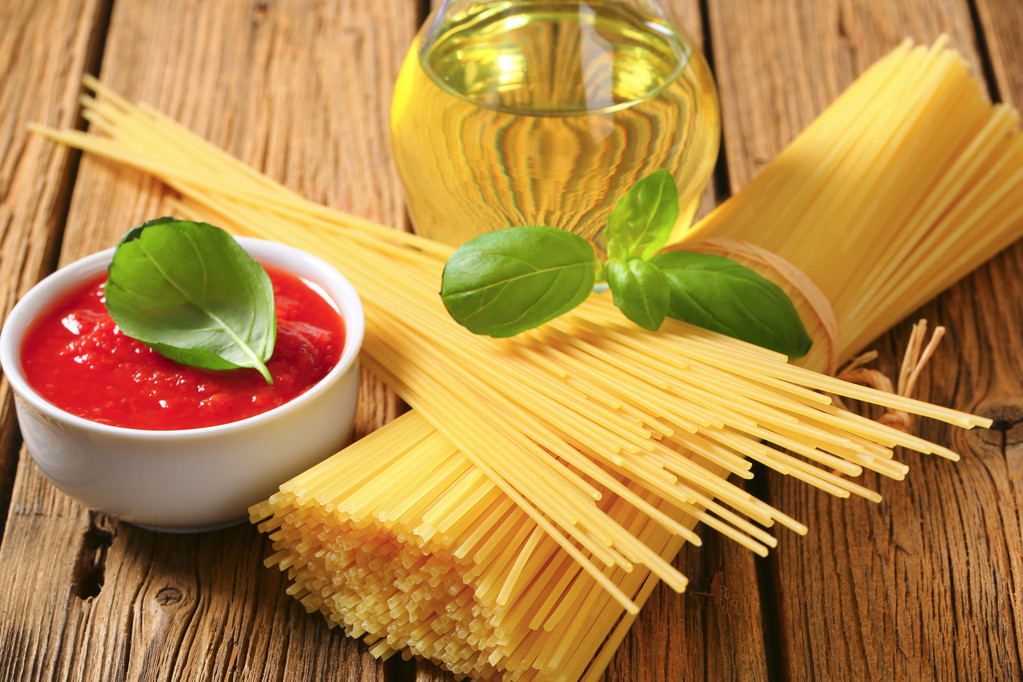
If you keep a few things in mind, pasta is not only a delicious dish, but also a healthy and sustainable one. You should avoid these common mistakes:
1. Always choose “normal” spaghetti
Durum wheat semolina pasta is delicious, but if you stick to it, you’re missing out.
2. Mismatching sauce and pasta
Not all noodles are the same – and combining them with the right sauce is a chapter in itself. Because only when both are coordinated can the taste really come into its own. As a rule of thumb, long, thin pasta like spaghetti or linguine are perfect for oil-based or creamy sauces.
Thicker or slightly chunky sauces and pesto combine well with short, thick, textured pastas like rigatoni, fusilli, or penne. The sauce sticks to the windings of the noodles, and ingredients such as pieces of vegetables can be mixed in perfectly – while long noodles quickly sink to the bottom of the plate.
3. Cooking pasta wrong
One would think that cooking pasta is not the fine art of gastronomy. Nevertheless, there is a lot to consider, because common mistakes reduce the enjoyment.
Many hobby cooks use a pan that is too small or too shallow, too little water and too little salt. If you add the salt at the beginning, you prevent the noodles from absorbing it optimally – so it’s better to only add salt when the water is boiling. Another mistake: putting oil in the water. Although it ensures that the pasta does not stick together, it also seals the surface of the pasta and the sauce can no longer be properly absorbed.
If you stir too little during cooking, the noodles will stick together – a wooden spoon is good for short varieties, and a fork is recommended for spaghetti & co. You should also be careful not to exceed the correct cooking time, otherwise it means “arrividerci al dente”.
4. Pour away the pasta water
Pasta water is far too valuable to be thrown down the drain – and has the potential to become a liquid all-purpose product for cooking and baking, for your plants and even for your skin and hair.
5. Quench pasta
Once the noodles are in the colander, the sources of error continue: You shouldn’t quench your perfectly cooked, al dente pasta with cold water – this will wash the starch off the surface and the sauce will no longer stick to the noodles as well.
6. Serve pasta wrong
Now it’s a matter of timing: If the sauce isn’t ready yet and the pasta waits too long in the sieve to be used, it will quickly become sticky. When serving, you should not spread the sauce separately on the pasta, but mix both in the pot beforehand – this is how the elements fuse perfectly.

7. Discard leftover pasta
Most hobby cooks portion pasta by eye. And it is not uncommon for the quantities to be misjudged when the stomach is growling. However, if you have leftover pasta after eating, don’t throw it straight into the trash – it’s a waste of food that really isn’t needed.
You can store a small amount in the fridge for a short time and turn it into a new meal with some freshly cooked pasta. You don’t want to eat any more pasta in the next few days? No problem either: you can freeze pasta without any problems.
8. Buy conventional pasta
The basic noodle consists only of durum wheat and water.
9. Buy pasta in plastic packaging
A mistake that most pasta comes with: it is wrapped in plastic. Anyone who buys pasta currently has few alternatives to avoid this plastic waste.
